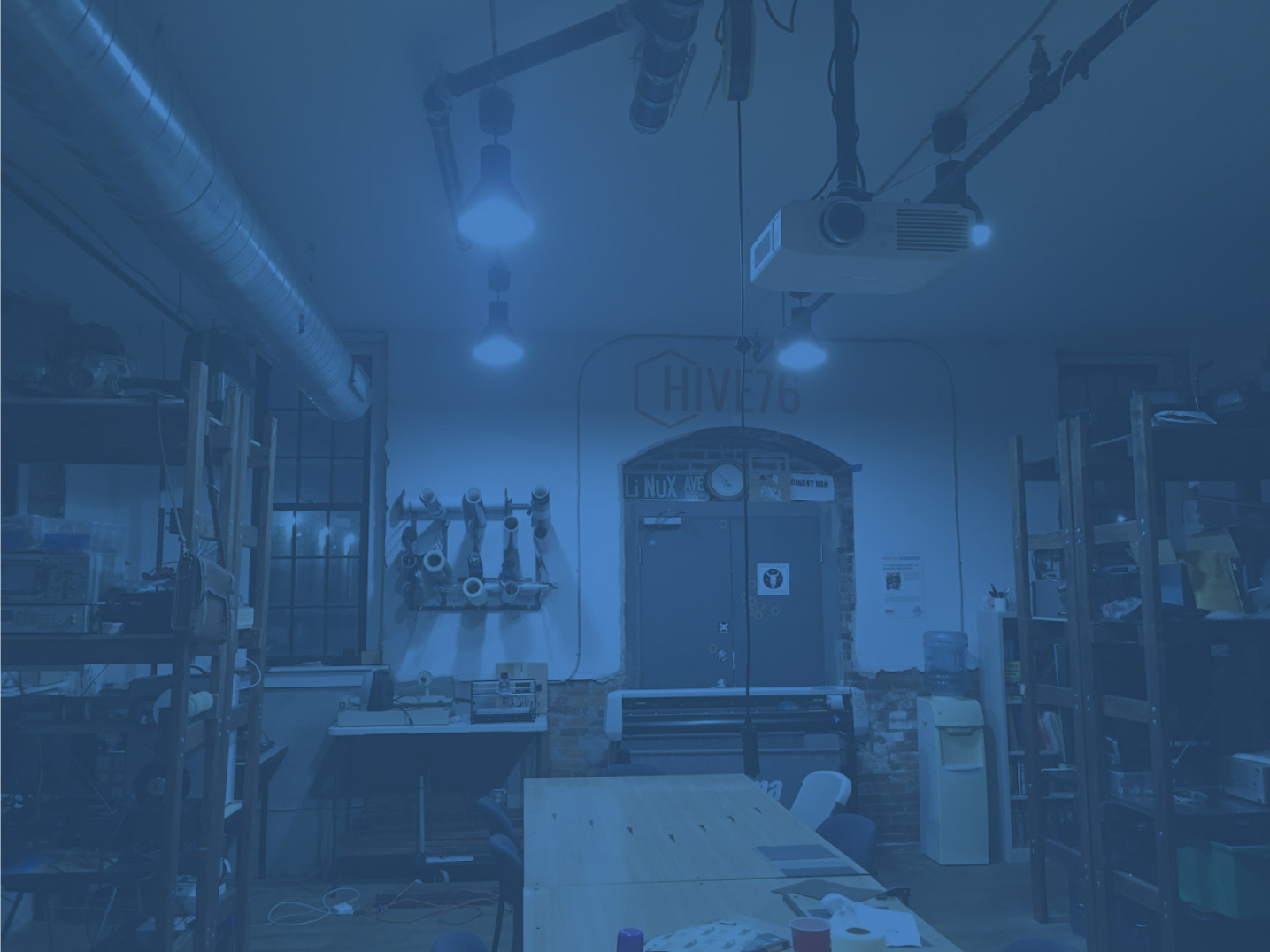Our speaker series continues tonight at 7:30PM!
We are proud to welcome Lea Rosen, Rutgers-Camden law student, researcher, and writer, to Hive76 to present a talk entitled, “Hacking Your Lawyer: A Primer.”
“Ever feel like your questions elicit boring and disappointing answers from lawyers? It happens all the time, and it feels counterintuitive – the stuff you are working on is complex and exciting, and you know the law is complex and kind of interesting. Your gut’s not wrong – your questions are. I’ll explain why we talk the way we do, and how you can learn a couple simple lessons to help frame your questions in a way that will draw out the information you really want. “
In addition to her main presentation, she will also be discussing some of the topics that were brought up on our mailing list, like the legal implications of hacking the things that you own. There happens to be a DMCA Rulemaking Session this year, so she will discuss how the DMCA works and what it takes to get legal protection for hardware hacking. There will be a Q&A section afterwards because I’m sure we’ll have some questions. 🙂
A little more about Lea:
Her big motivation is to break down the cultural boundaries between technologists, hackers, lawyers, human rights advocates, activists, and theorists. She provides research assistance for Evgeny Morozov, author of The Net Delusion, and Greg Lastowka, Professor at Rutgers School of Law, Camden and author of Virtual Justice[pdf]. She has interned at the Electronic Frontier Foundation and in the Federal District Court in Newark, NJ. She volunteers with the Philadelphia ACLU and the National Lawyers Guild AnoNLG project, and she co-founded of the Rutgers Cyberlaw Society. She has written on the interpretation of software licenses by the 9th Circuit, encryption and border searches, and the privacy and liberty implications of domestic UAV deployment. She also had the opportunity to write an FAQ for the Yes Men! She has her BA in Humanities and will be getting her JD this May from Rutgers-Camden.
See you tonight!
UPDATE: Lea has informed me that Greg Lastowka’s book, Virtual Justice is available for free here[pdf]. It was released under a Creative Commons license! Nice! Hard copy available from Yale University press here.








